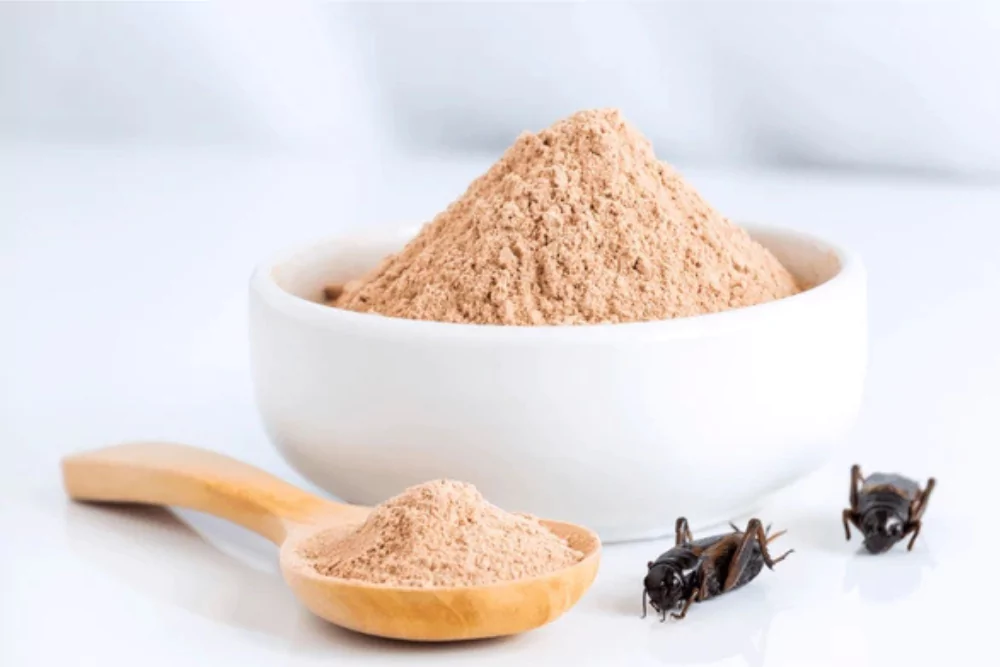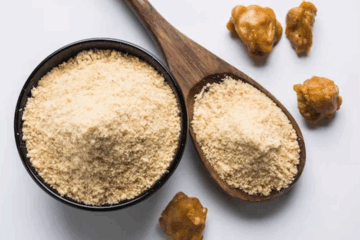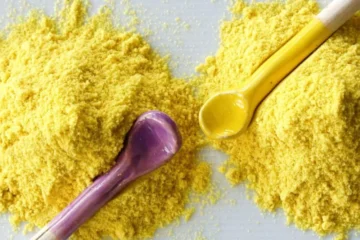How effective is hing in repelling pests and insects compared to chemical products?
Short Summary: Hing (asafoetida) is effective in repelling pests and insects, but it may not be as strong as chemical products. It offers a safer and eco-friendly alternative.
Hing (asafoetida) is a natural substance derived from the roots of certain plants. It has been traditionally used in households for its medicinal and pest-repelling properties. While it may not be as potent as chemical insecticides, it is effective in keeping a range of pests and insects at bay. The key advantages of hing over chemical products are its non-toxic nature and eco-friendliness.
- Non-toxic: Unlike chemical products, hing is safe for humans and pets.
- Environmentally friendly: Hing does not contribute to pollution or harm beneficial insects.
- Cost-effective: Hing is relatively inexpensive compared to commercial pesticides.
- Traditional usage: Many cultures have relied on hing for pest control for centuries.
- Safer for indoor use: Hing can be safely used indoors without the risk of harmful fumes.
- Reduces chemical resistance: Using natural repellents like hing helps prevent pests from developing resistance to chemical products.
What are the benefits of using hing over other natural remedies for pest control?
Short Summary: Hing offers benefits such as being non-toxic, eco-friendly, versatile, and having a long history of traditional use compared to other natural remedies.
Hing stands out among other natural remedies for pest control due to several factors. Its unique properties make it a versatile and reliable option for homeowners seeking to avoid chemicals while effectively managing pests and insects. Compared to other natural remedies like neem oil, garlic, or essential oils, hing offers a distinctive combination of benefits.
- Non-toxic: Hing is safe for humans, pets, and plants.
- Eco-friendly: Hing does not harm the environment or beneficial insects.
- Versatile: Hing can be used in various forms such as powder, paste, or oil.
- Proven history: Hing has been used for centuries in traditional medicine and pest control practices.
- Cost-effective: It is affordable and easily accessible in local markets.
- Ease of use: Hing is simple to apply and does not require complex preparation.
- Minimal side effects: Compared to other natural remedies, hing has fewer reported side effects and risks.
Are there any side effects or risks associated with using hing for pest control?
Short Summary: Hing is generally safe, but it may cause mild irritation or allergic reactions in some individuals. Proper usage is key to avoiding side effects.
While hing is generally considered safe for use as a natural pest repellent, there are a few potential side effects and risks that should be considered. These side effects are typically mild and can be avoided with proper usage.
- Skin irritation: Some individuals may experience mild skin irritation upon contact with hing.
- Allergic reactions: Rarely, individuals may have an allergic reaction to hing.
- Strong odor: Hing has a pungent smell that some people may find unpleasant.
- Proper handling: Ensuring proper handling and application can mitigate most risks.
- Storage: Hing should be stored in a cool, dry place to maintain its effectiveness.
- Concentration: Using the right concentration of hing is crucial to avoid any adverse effects.
How do I properly use hing to keep pests and insects away from my home?
Short Summary: Hing can be used as a powder, paste, or oil for pest control. Proper application techniques are essential for effectiveness.
Using hing for pest control is relatively simple and can be done in various forms. Here are some methods to properly use hing to keep pests and insects away from your home:
- Hing Powder: Sprinkle hing powder around areas prone to pests, such as kitchen corners, cabinets, and entry points.
- Hing Paste: Mix hing powder with water to create a paste and apply it to surfaces where insects are commonly found.
- Hing Oil: Dilute hing oil with water and spray it in areas where pests are a problem. Use a spray bottle for even application.
- Hing Sachets: Place small sachets filled with hing powder in cupboards, drawers, and storage areas.
- Hing Burners: Burn hing resin in a small container to create smoke that repels insects from the vicinity.
- Hing Solution: Prepare a hing solution by dissolving a small amount of hing in water and use it to wipe surfaces prone to pests.
Can hing be used to protect both indoor and outdoor plants from insects?
Short Summary: Yes, hing can be used to protect both indoor and outdoor plants from insects by creating a natural barrier and repellent.
Hing is effective in protecting both indoor and outdoor plants from insects. Its natural properties make it a safe and eco-friendly alternative to chemical pesticides. Here are some methods to use hing for plant protection:
- Hing Spray: Dilute hing powder in water and spray the solution on plant leaves and stems. This creates a protective barrier that repels insects.
- Hing Soil Treatment: Mix hing powder into the soil around plants to create a natural barrier against insects. This helps protect the roots and lower stems from pest attacks.
- Hing Sachets: Hang small sachets filled with hing powder around garden areas and near plant pots. This method is effective in keeping insects away from plants and garden beds.
- Hing Paste: Apply hing paste on the base of plant stems to deter crawling insects. This is particularly useful for protecting young plants and seedlings.
- Hing Burners: Burn hing resin near garden areas to keep insects away from plants. The smoke produced by burning hing acts as a natural repellent.
- Hing Watering Solution: Add a small amount of hing to your regular watering routine. This helps protect the plants from insects that attack the roots and lower parts of the plant.
- Hing Mulch: Mix hing powder with mulch and apply it around the base of plants. This helps deter insects while also providing nutrients to the soil.
Conclusion
Using hing to keep pests and insects away naturally offers a safe, eco-friendly, and cost-effective solution for households and gardeners. With its proven history and versatile application methods, hing provides an excellent alternative to chemical pesticides, ensuring a healthier environment for both humans and plants. By choosing hing, you not only protect your home and garden from pests but also contribute to a more sustainable and eco-conscious lifestyle.
Moreover, the usage of hing can be easily integrated into daily routines without the need for specialized equipment or extensive preparation. Its affordability and accessibility make it an attractive option for those looking to adopt natural pest control methods. By leveraging the benefits of hing, you can maintain a pest-free environment while safeguarding the health and well-being of your family, pets, and plants.





